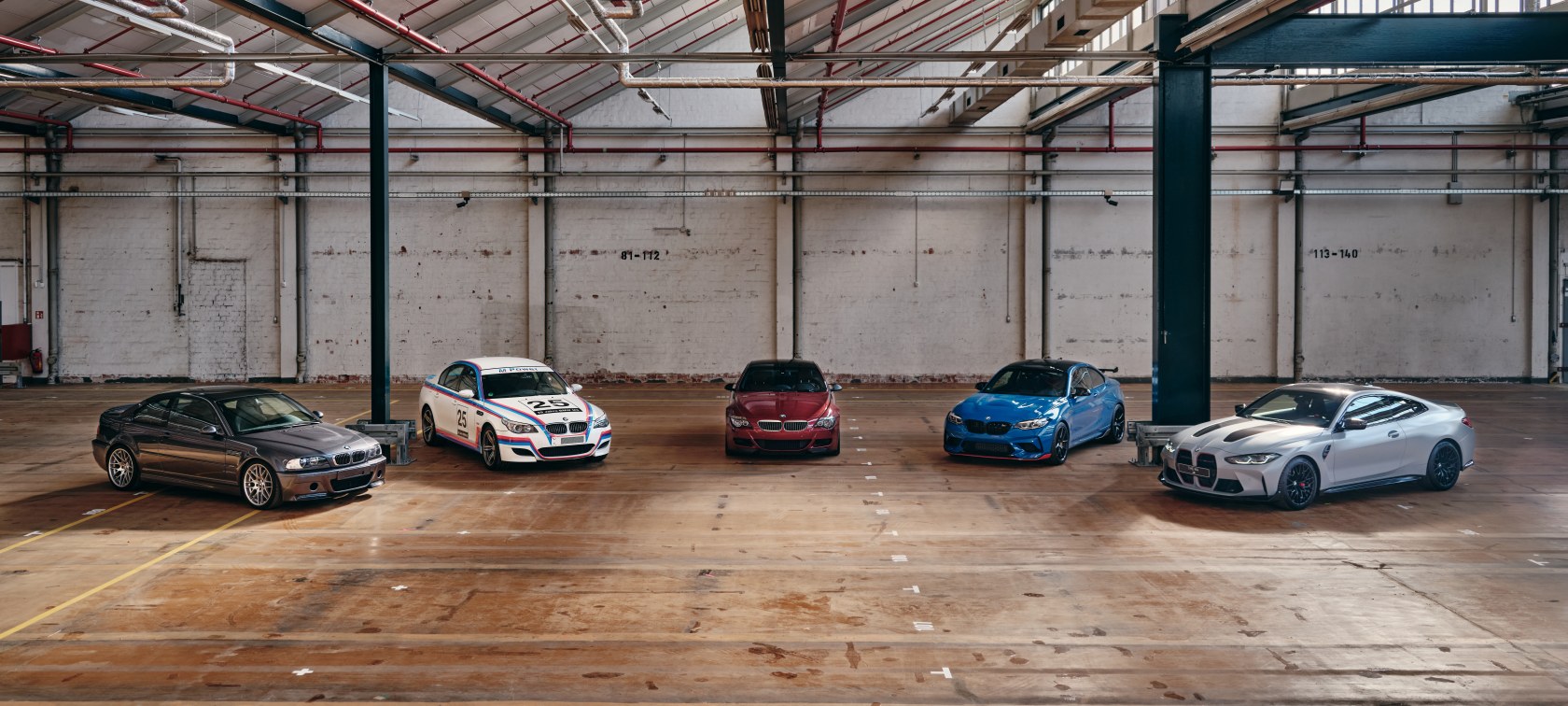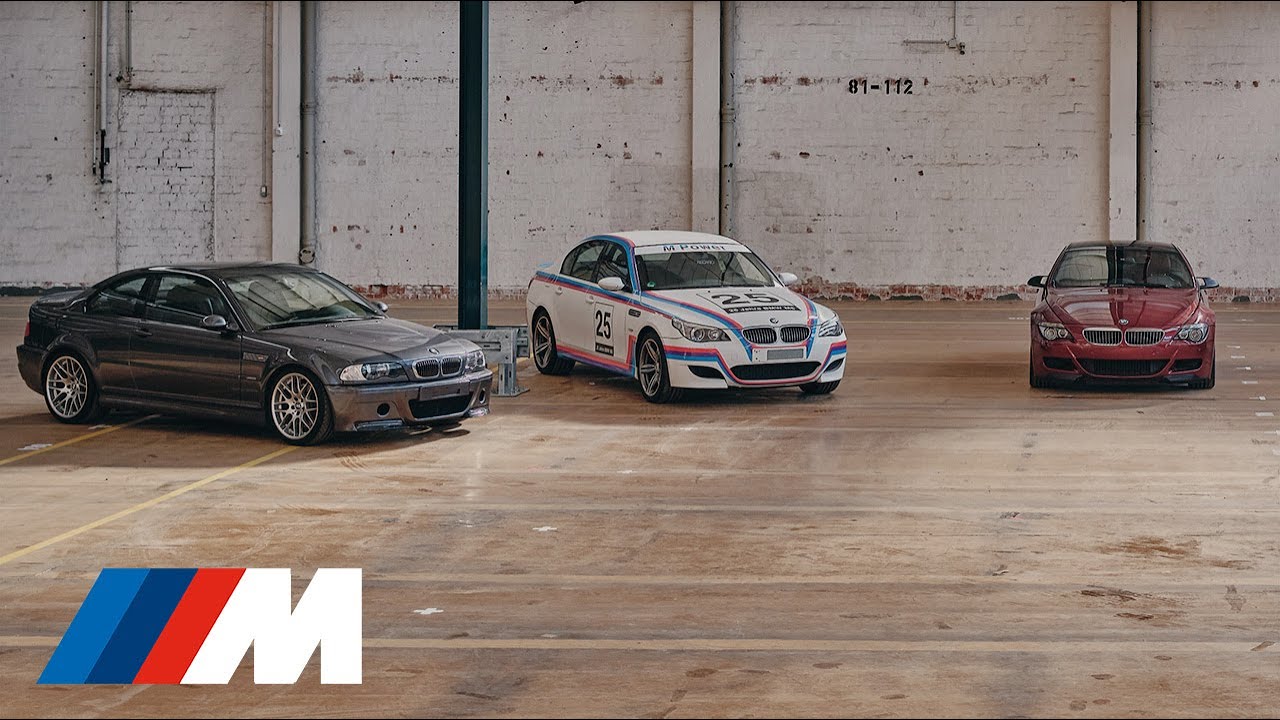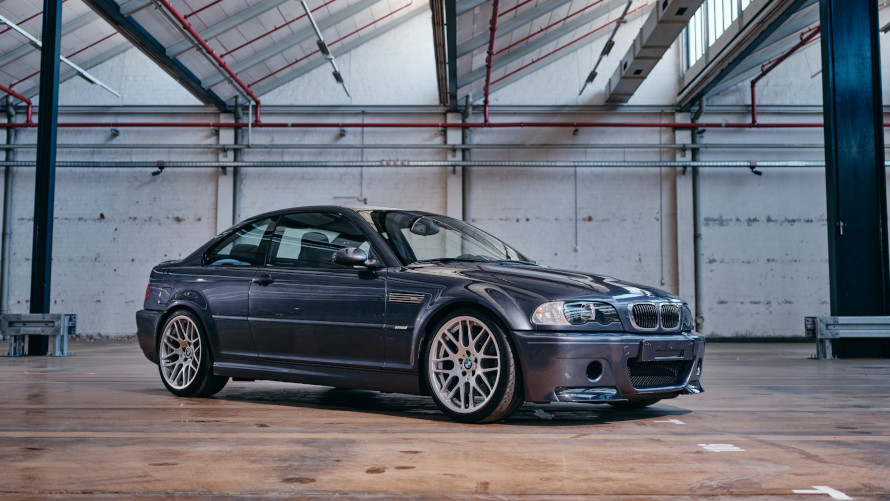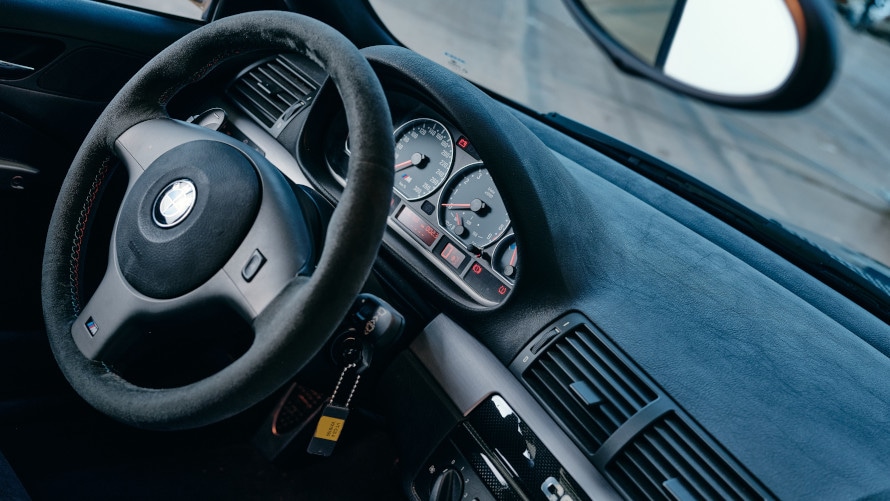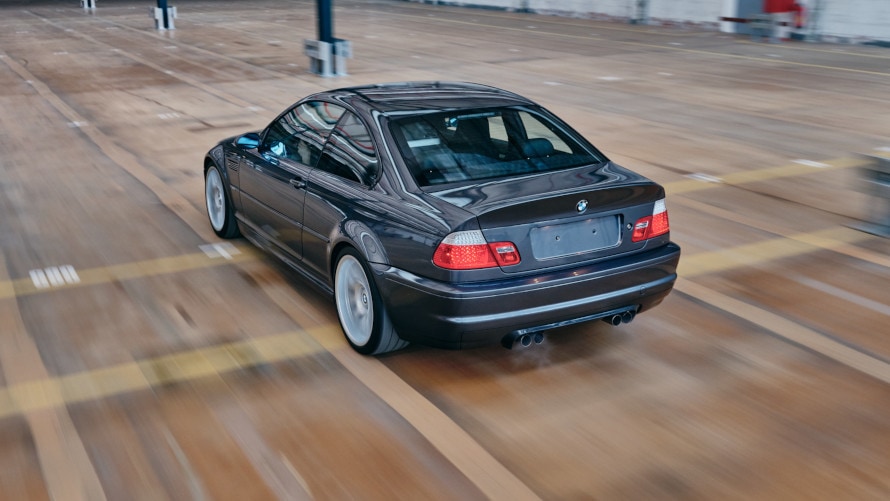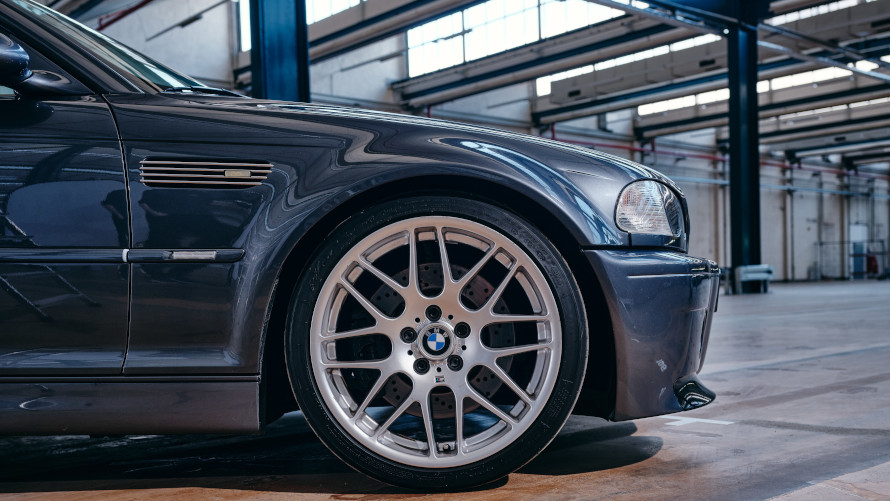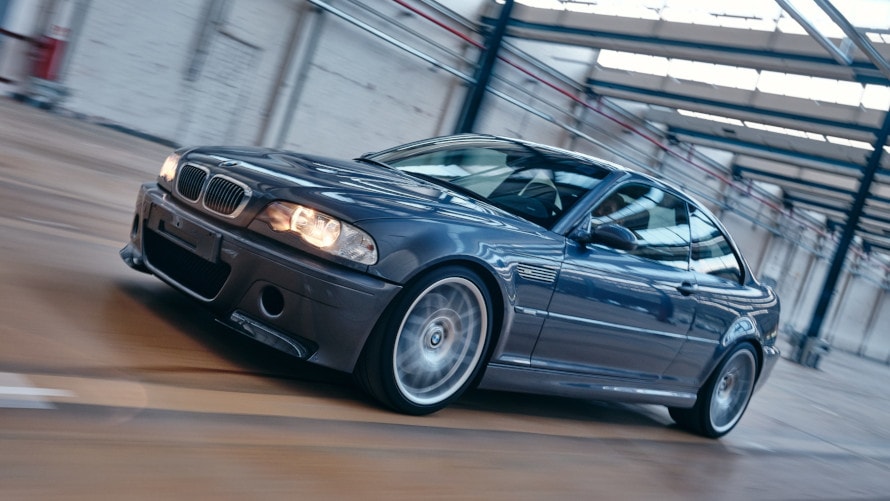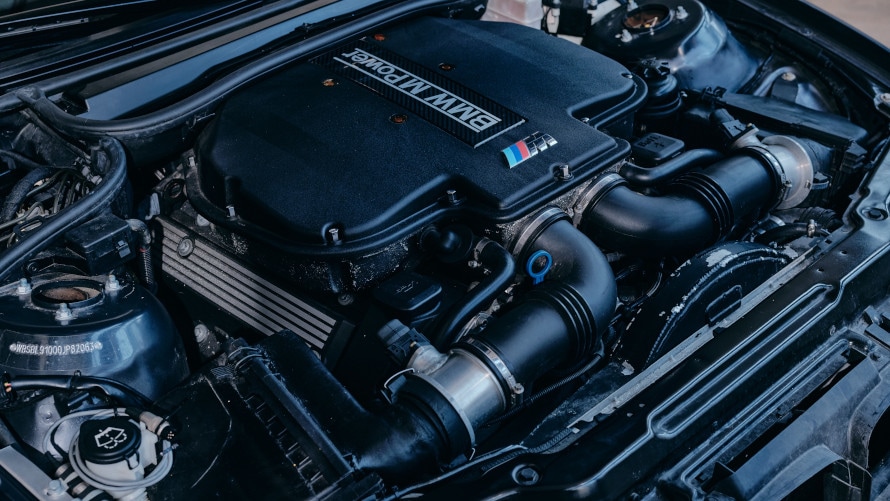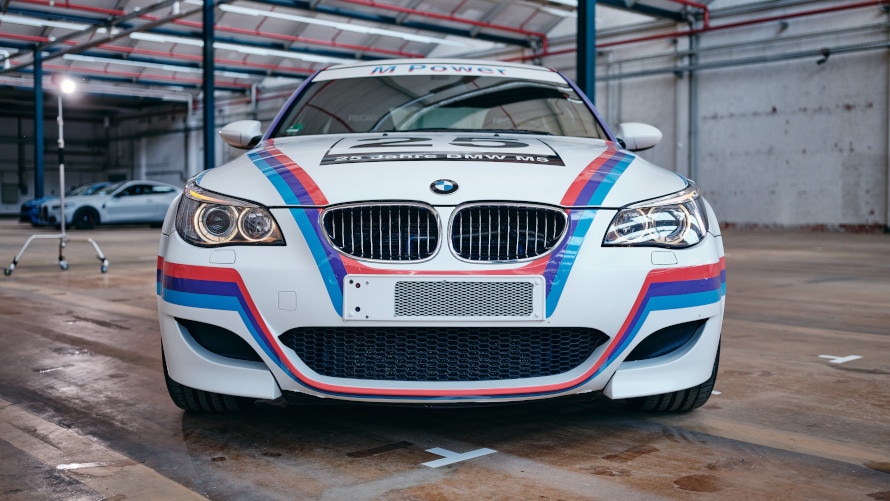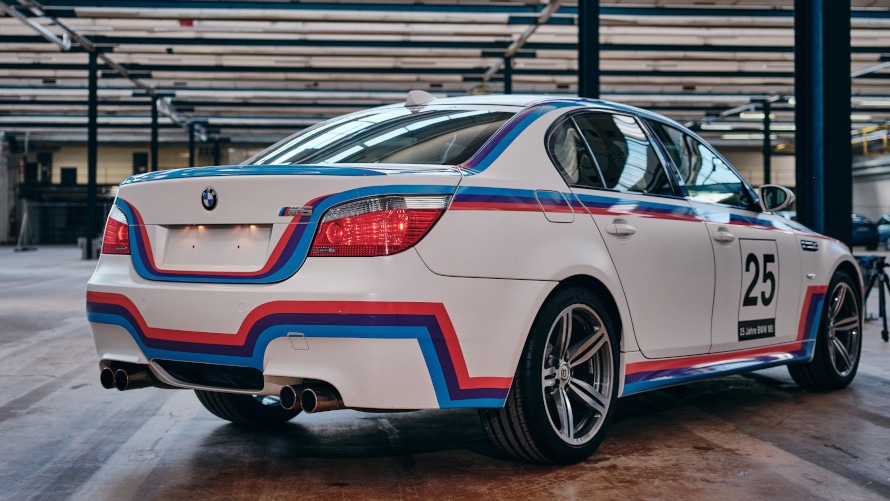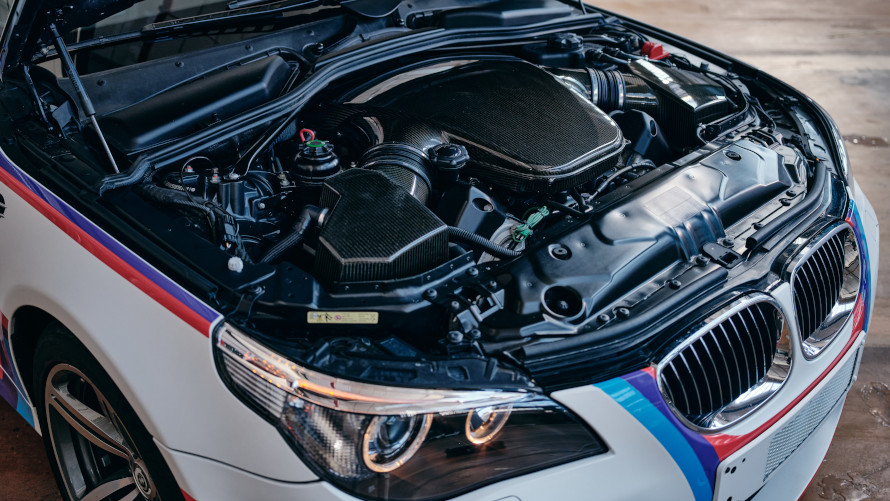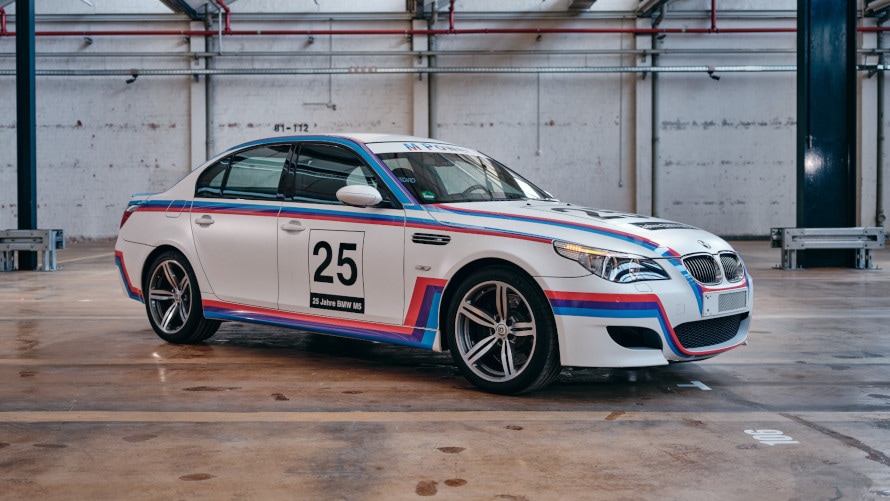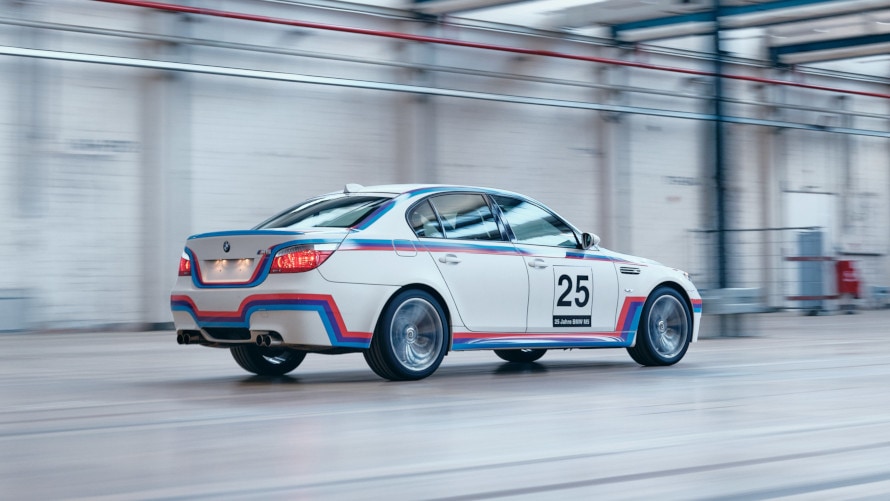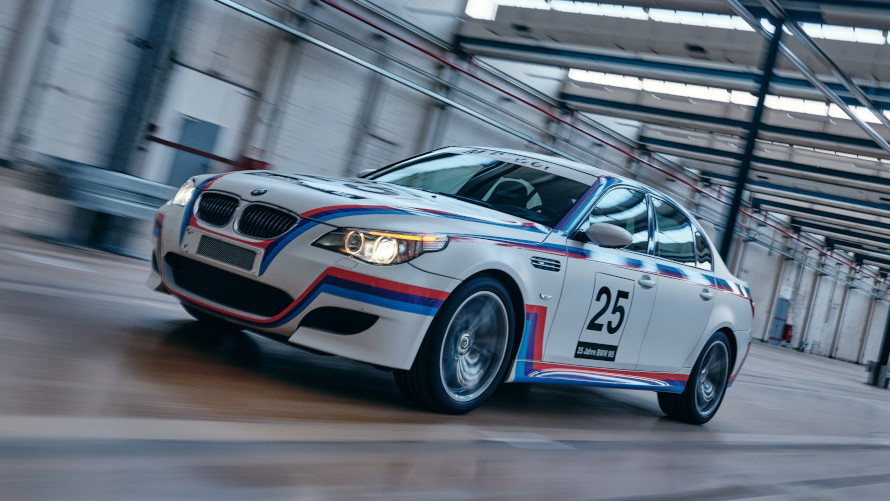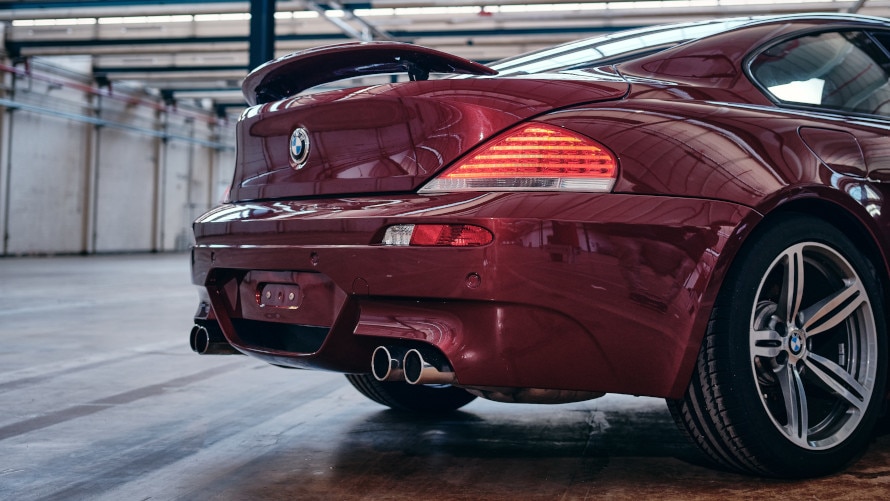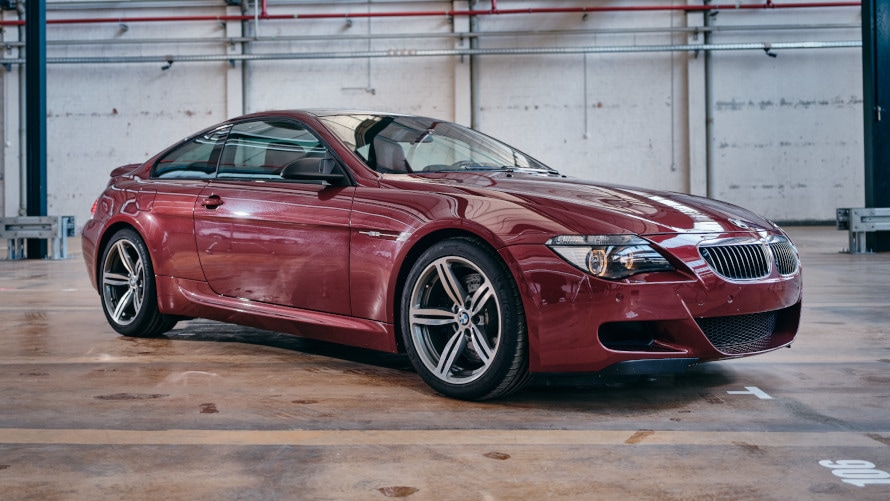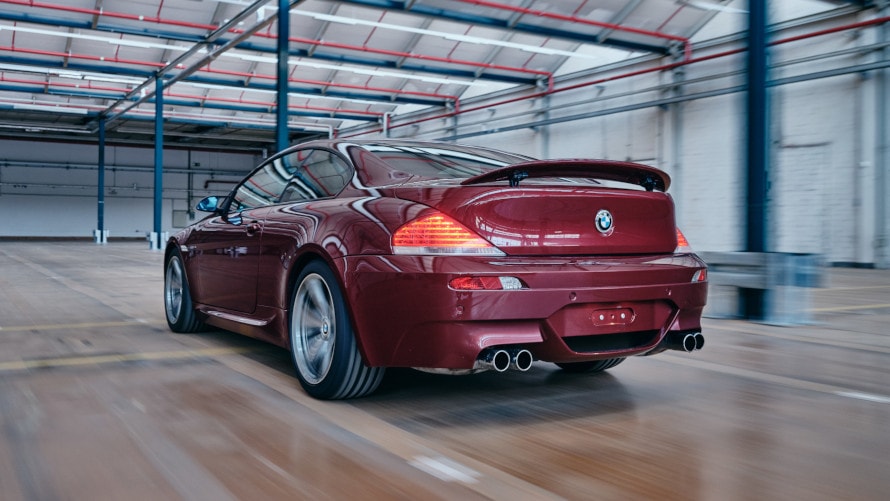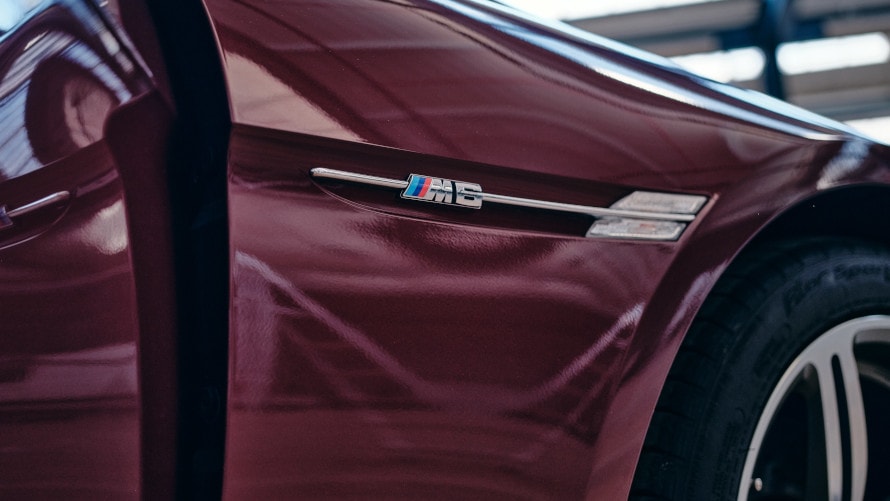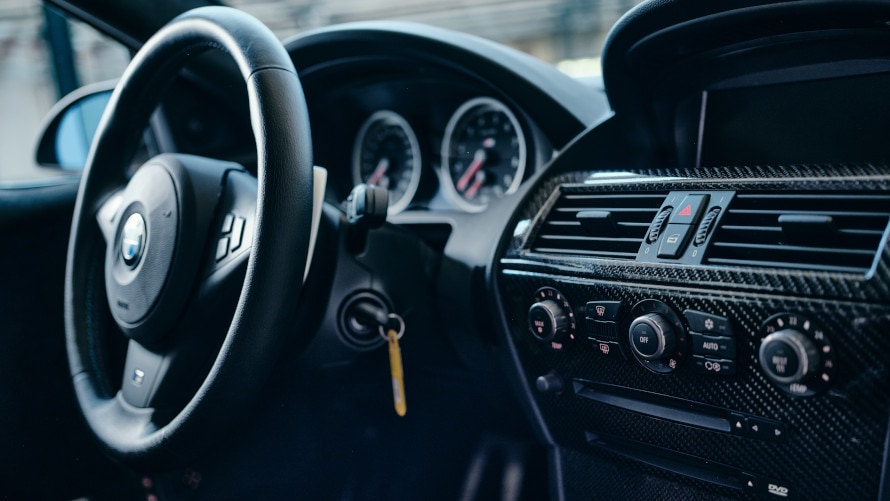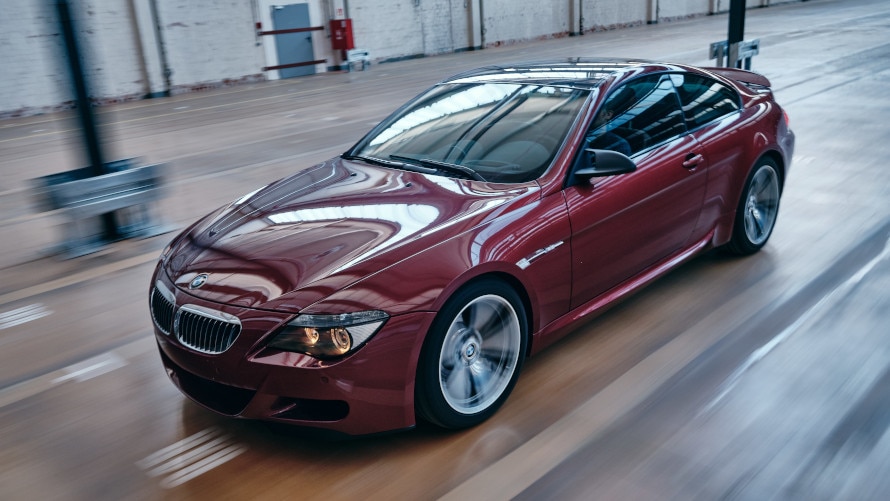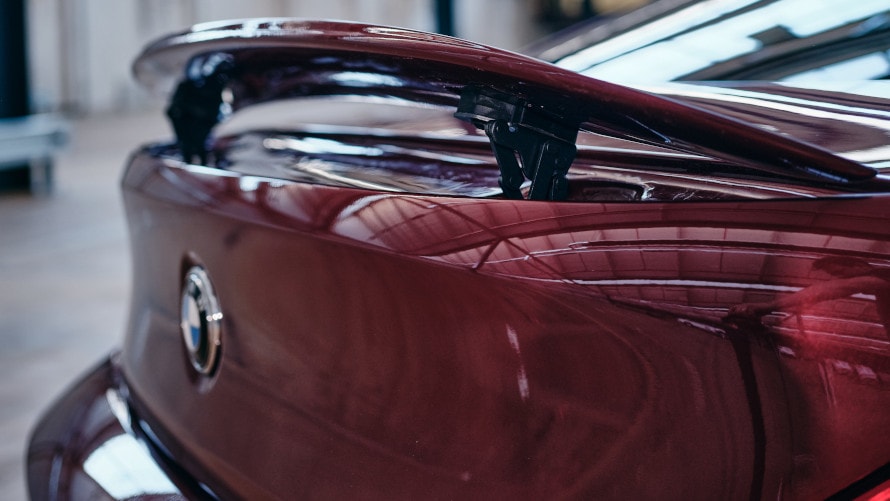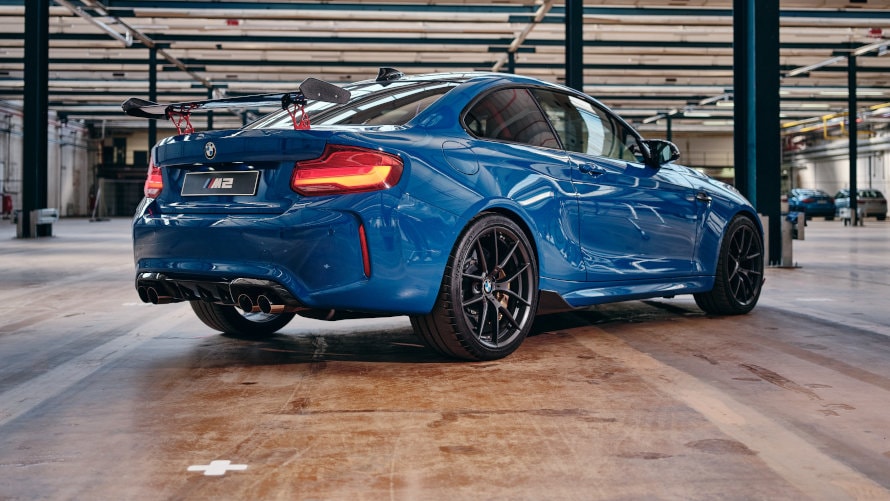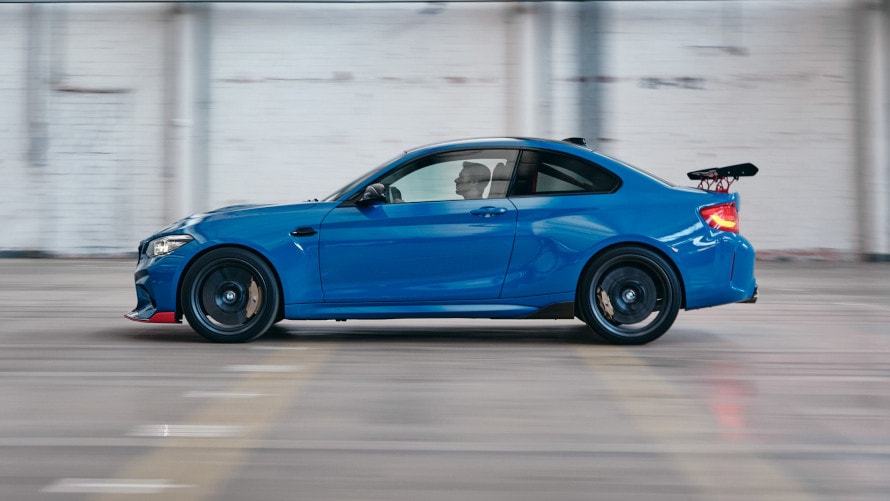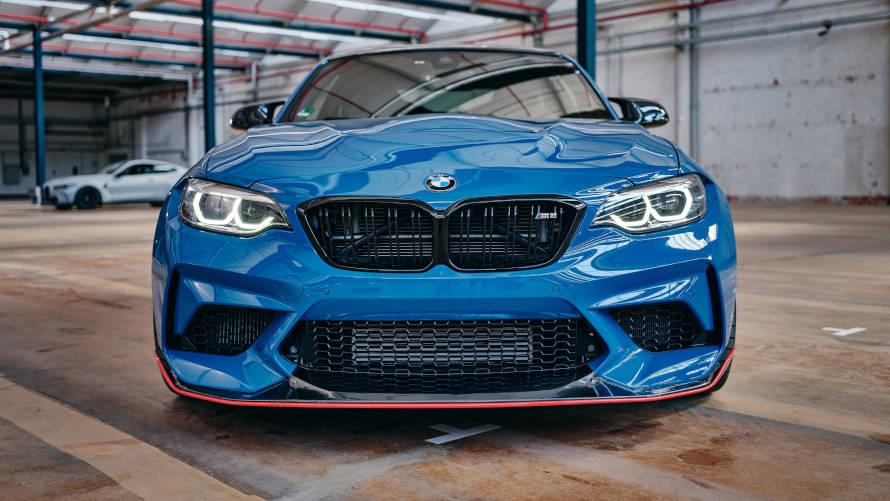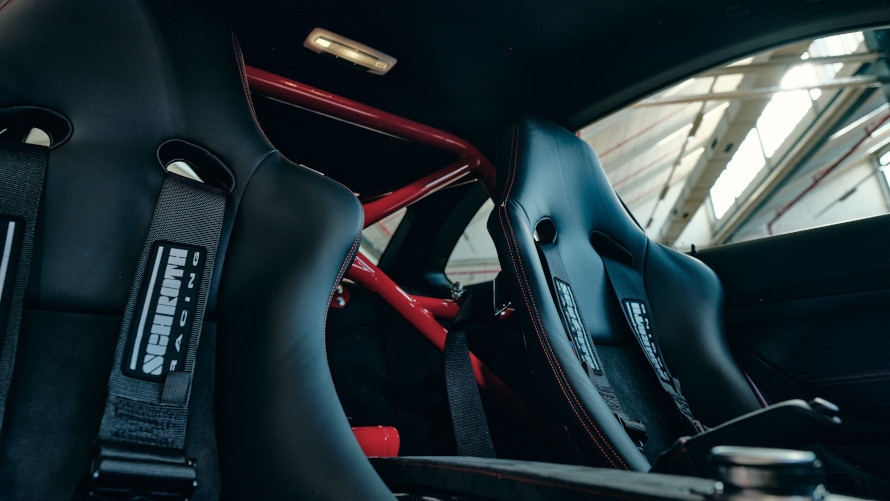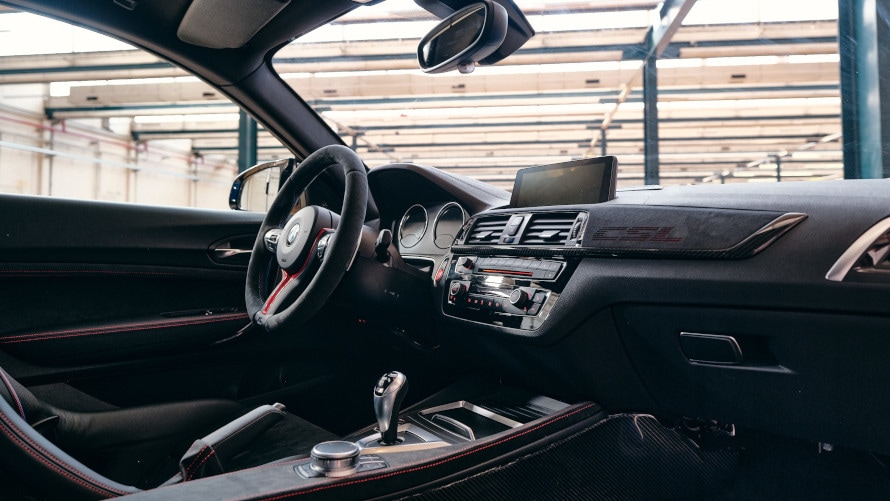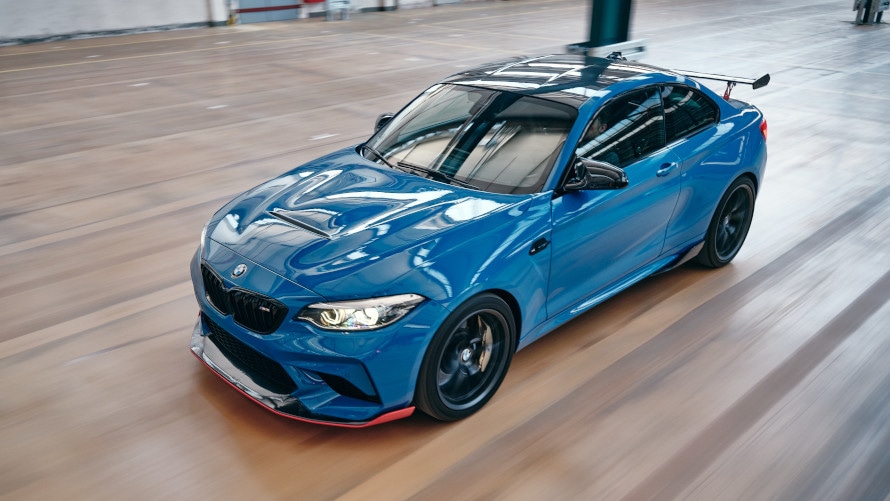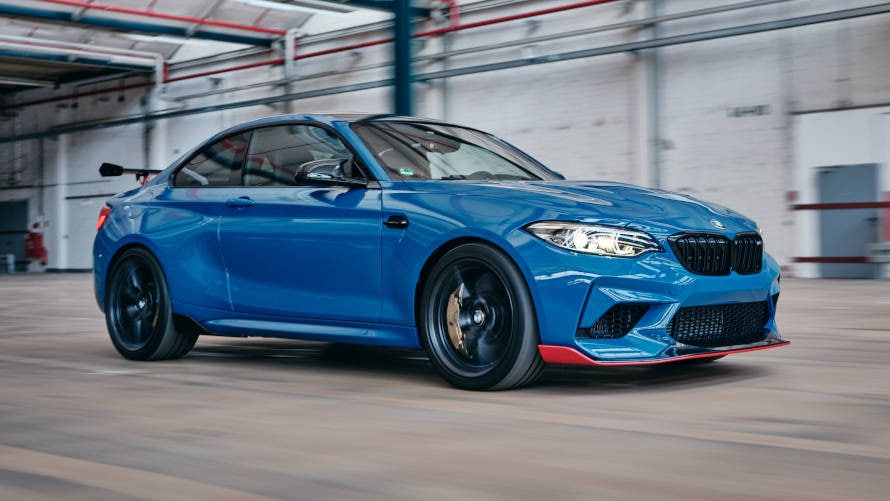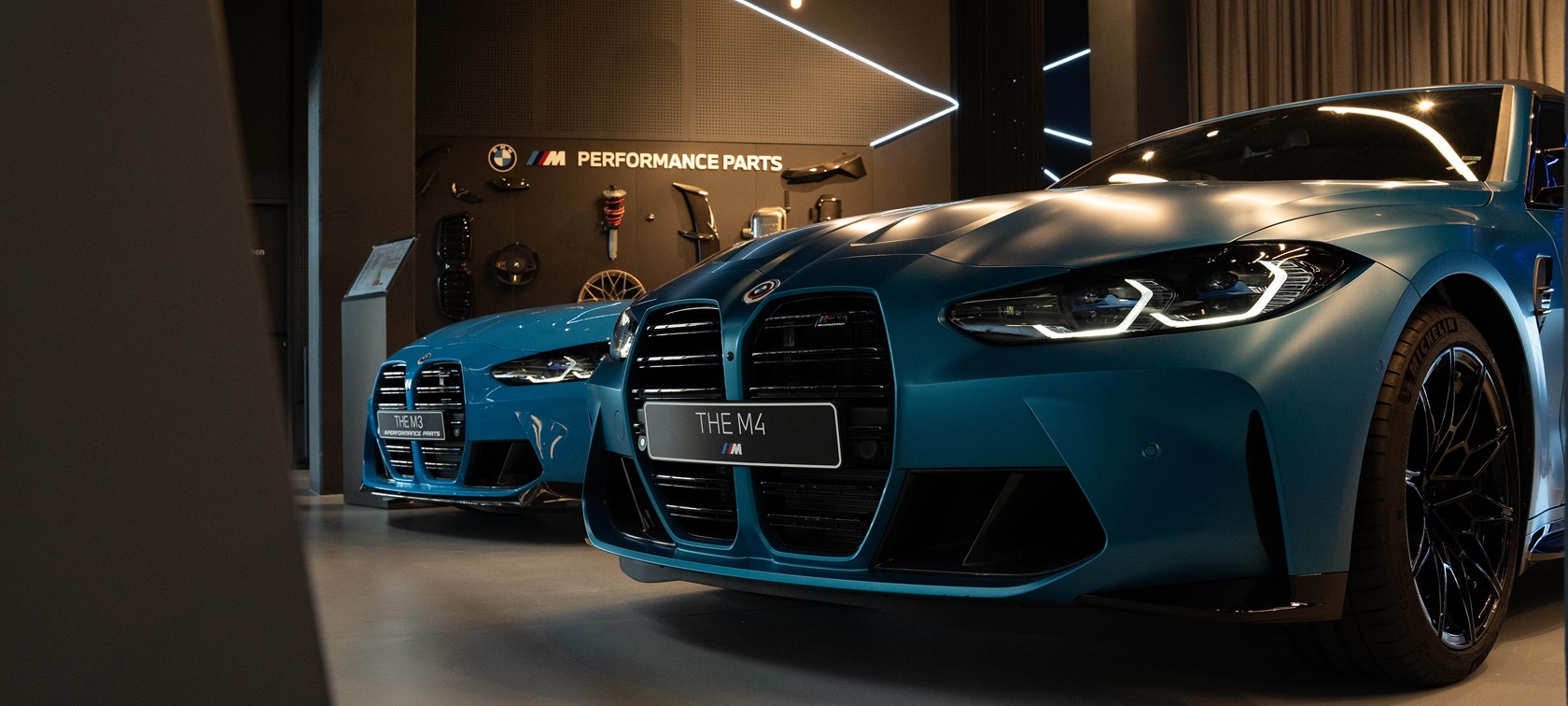Competition, sport, lightweight: Attributes that have always characterized the sportiest M automobiles. Beside the well-known models like the BMW 3.0 CSL from 1973, the BMW M3 CSL from 2003 and the new BMW M4 CSL, the engineers at BMW M have repeatedly asked themselves over recent decades how else one could interpret lightweight construction and performance improvement. And with which BMW M automobiles.
We wondered what became of these thoughts. In a nutshell: many were realized – albeit as prototypes. Experience the impressive, never-before shown unique models and innovation carriers in the video: Come with us to the most secret garage at BMW M.
BMW M and CSL.

BMW M and CSL.
For the last 50 years, BMW M has stood for fascinating sports cars, the ultimate in driving pleasure and adrenaline-fuelled motor racing. Whether on the world’s racetracks or street-legal – the M emblem is a guarantee of power and high performance. And close associates of the most powerful letter in the world are the letters CSL, which stand for Competition, Sports and Lightweight. Also known in the early years of BMW M as Coupé, Sports and Light, the abbreviation has long since gained icon status.
The letters are synonymous with the characteristic BMW M maximum racetrack-capable high-performance. They also stand for the developers’ typical M pioneering spirit which was born with the formation of the company in 1972. Be it BMW 3.0 CSL, BMW M3 CSL or BMW M4 CSL – in the development focus of these vehicles was always the will to shift boundaries, achieve new benchmarks and raise the super-sporting BMW to a new level.
BMW M3 CSL PROTOTYP E46 V8.
BMW M3 CSL PROTOTYP E46 V8.
Almost no-one knows the M3 CSL V8, which shouldn’t be confused with the BMW M3 GTR. The engine in the M3 CSL V8 was independently developed by BMW M. It’s a pre-trial carrier based on the S62 8-cylinder that was used in other BMW models. The goal was a high-rev engine with 4,0 litre capacity and 430 hp. Thus, based on a BMW M3 CSL donated to BMW M by the press department after the launch, it became a prototype with the S65VB40 engine and the denomination BMW M3 CSL V8. It remained a one-off. The insights gained flowed into the M family of engines, which consisted of the completely newly developed S85 (V10) and S65 (V8). The S65B40 engine went into production in 2007 for the BMW M3 (E90) with 420 hp available at 8,300 rpm.
BMW M5 CSL PROTOTYP E60 V10.
BMW M5 CSL PROTOTYP E60 V10.
Engine developers can never have enough power: As the way to more performance in naturally aspirated engines is often via more capacity, BMW M developed two ten-cylinder motors with capacities of 5.5 and 5.7 litres, from which came the 5.5 as a high-rev version. With 630 hp and peak revs of 8,750 rpm, the power developed in the prototype engines was immense. To mark its 25th anniversary, BMW M built the car from the M5 series as a lighter M5 CSL with a carbon roof, Recaro seats and no rear seats. Weight saving: about 150 kg. On top of that, the series sequential manual gearbox (SMG) was replaced by a double-clutch transmission (DCT). Besides the additional air inlet below the BMW kidney – where there was also an oil cooler for the transmission – another eye-catcher was the forged 18-inch wheels. After fine-tuning the suspension, the jubilee M5 CSL lapped the Nürburgring in an impressive 7 mins 50. Both the revised V10 engine and the M5 CSL remained one-offs.
BMW M6 CSL PROTOTYP E63 V10.
BMW M6 CSL PROTOTYP E63 V10.
The overarching topic in the BMW M6 CSL prototype was aerodynamics. Besides a greatly reduced interior weight with lightweight door panels and central console, above all the developers had their eye on a particularly clever airflow. Active aerodynamics, in the form of an automatic tail spoiler and a retractable front spoiler, were designed to further improve the ten-cylinder coupé’s performance. Other new features with a future were the double-strut M exterior mirrors – today indispensable on the sportiest BMW models.
BMW M2 CSL PROTOTYP F87.
BMW M2 CSL PROTOTYP F87.
In 2018, the BMW M2 Competition with 410 hp, 550 Nm torque and 280 km/h top speed threw down the gauntlet to the competition in its class. But the demand for still more speed was there – so the engineers at BMW M set to work. Based on the M2 Competition with elements from the M4 GTS, the M2 CSL had 450 hp and 550 Nm torque. As a two-seater, it had ideal weight reduction, with bucket seats, rollover bar, CFRP central console, carbon rear wing and carbon ceramic brakes. At the same time, an M2 CS was built with 450 hp and equipment somewhat more suitable for daily use. Both vehicles were presented internally – the Go was given to the M2 CS as the sportiest version for the successful series, while the BMW M2 CSL remained a one-off.

